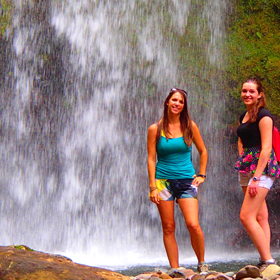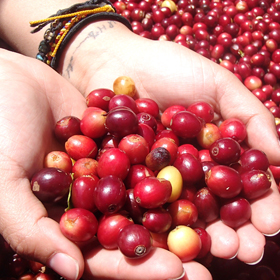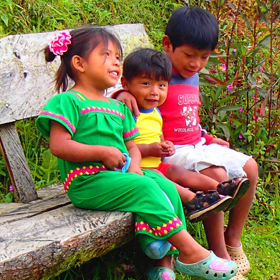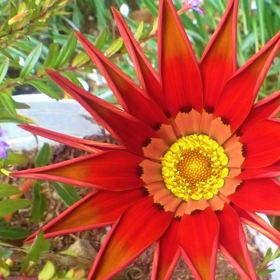Environmental Issues
Environmental Issues in Panama
Panama has faced many serious environmental issues similar to many other countries in South and Central America. Forests were routinely chopped down to make room for cattle. Soil was depleted and habitat destroyed. For much of the country’s history, money took precedence over conservation, and an ethic of “man over nature” pervaded the culture.
Fortunately, in the 20th century Panama began to make some excellent positive steps in the right direction. The country began to create protected areas (including parks and wildlife refuges), write environmental laws, and establish conservation agencies. Panama’s government noticed other countries in the region working to protect their natural resources, and they decided it would be in the best interest of Panama to take similar actions.
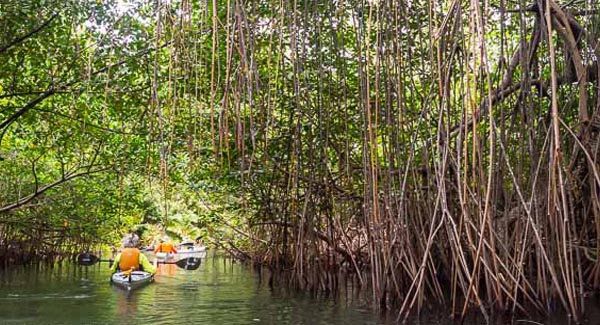
Panama has a very unique location unlike anywhere else in the world, which has greatly affected its economy. Panama’s shape, as a tiny isthmus, has allowed a focus of trade dating back to the Spanish gold trade in the 17th century. There has also been abundant natural resource extraction and transcontinental economic exchange for centuries. In today’s times, not much has changed. The Panama Canal has been expanded and Panama City is becoming a destination for foreign business and financial activities. Many of these successful endeavors can however, negatively affect the environment. Industry – whether in the form of hydroelectric, agriculture, or mining operations – can produce a huge burden on nature. After roads are built, real-estate developments, hydroelectric projects, and farms often follow.
Even though there is a growing environmental movement in Panama and Panamanians are beginning to realize the importance of environmental protection. Panama is trying to balance economic development with environmental protection, however the Panamanian government can do a poor job protecting the natural areas, and watchdog agencies often lack real power to do anything about it. Panamanians are beginning to realize the tremendous importance of their forests, mountains, coasts, and rivers. This awareness of environmental issues will have a huge impact on the country’s future.
Deforestation
Panama was a country of thick jungle: rain forest, cloud forest, mangroves, and high mountain hardwoods. In the second half of the 20th century, Panama saw almost half of its remaining primary forests wiped out. Around 2.2 million hectares (5.4 million acres) of important habitat were destroyed, largely for farms and cattle ranches. More than 50 years ago, around 70% of the country was covered in primary forests. Now, only around 40% of the country has primary forests still remain.
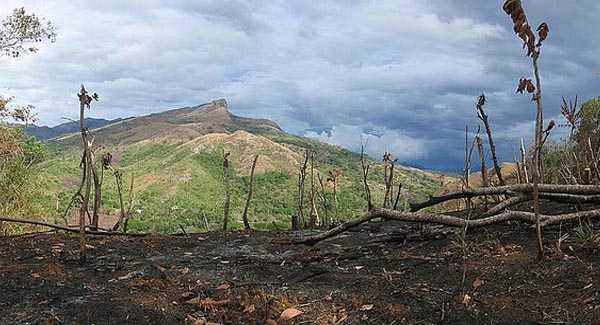
According to various estimates, deforestation claims up to 50,000 hectares (123,500 acres) of forest a year in Panama – a loss of slightly more than one percent per year. Deforestation is proceeding most rapidly in the Colón, Darién, and Bocas del Toro provinces. Panama is a vital link in the Mesoamerican Biological Corridor, which connects the ecosystems of North and South America—122 species of migratory birds pass through the country each year. Of Panama’s estimated 978 bird species, 12 are endemic, 120 are rare, and 20 are globally threatened. Deforestation has the potential to interrupt important migratory routes and cause lasting ecological damage to not only Panama but in North and South America as well.
For the most part, these forests have been cut down to make way for roads, agriculture, and cattle ranches. Once a forest is gone, the soil erodes quickly, especially during the rainy season. Soil erosion is serious. When soil erodes, it’s difficult for plants to establishing root systems and the remaining nutrients are often washed away. Panama’s land coverage is also 78% mountainous, which makes the soil erode quickly. This soil is generally low quality anyway, as most of the nutrients found in tropical forests are within the trees themselves. Any remaining soil is then exploited for farming operations and is quickly exhausted. The cycle repeats itself, and farmers, loggers, and ranchers move into other parts of the forest.
While poor subsistence farmers cut down many forests, commercial interests – including coffee, banana and sugarcane operations – have done substantial damage. The Panamanian government also continues to allow mining operations and hydroelectric projects into environmentally sensitive areas. Not only do these operations degrade the natural landscape, but they also displace indigenous populations who have lived on the land for centuries.
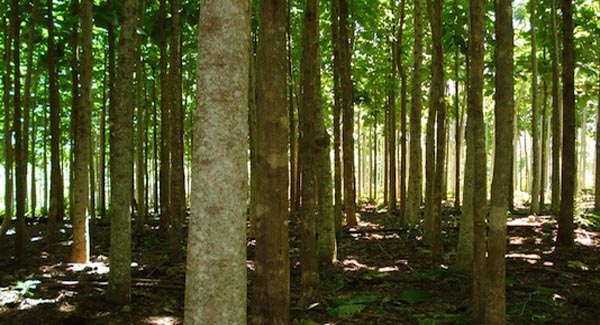
In the last few decades there have been efforts made to reforest parts of Panama with a Reforestation Project. But the government policy of giving tax incentives for reforestation, critics point out, is faulty. However, one large flaw is that two-thirds of the trees planted for reforestation purposes are teak, which is a a nonnative species. Teak is a commodity; it is planted at tree farms that harvest the wood and then sell it. Furthermore, birds and animals have little use for teak, so the trees do not create new habitat.
At the start of the 21st century, a total of 46,000 hectares (114,00 acres) of land had been reforested. This is less than is lost annually to deforestation.
How Panama chooses to combat deforestation will be hugely important over the coming century. Protecting its forests will ensure healthy habitat for animals and clean air for humans, as well as give the ecotourism industry the potential to truly take off.
Water Resources
Panama is bordered by two oceans and has countless rivers and streams winding across its land. Unfortunately, some water is polluted and in need of protection.
It’s said that a half century ago you could still swim in the Panama Bay outside Panama City. Nowadays, a swim here could make you sick. Raw sewage and industrial waste is sometimes dumped into the bay and has turned the water toxic. According to the Ministry of Health, only 60% of Panama City’s residents are served by the current sewage system. However, much of the sewage is gathered in septic tanks that are poorly maintained, and as a result the sewage is discharged into the bay with virtually no treatment. The government has been planning to clean up the bay for years. In 2006, a plan to treat sewage and clean the bay was approved. The project has cost US$238 million and was scheduled for completion by June 2013.
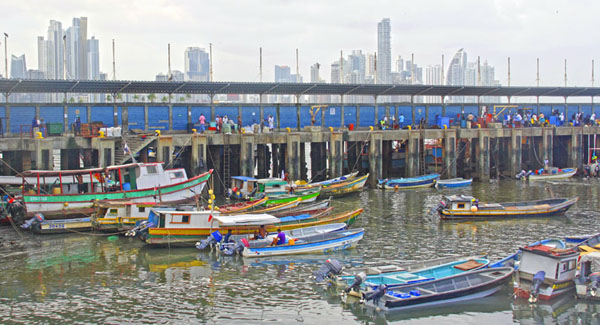
Panama has clean drinking water across most of the country. Aside from parts of Bocas del Toro and more remote regions, you can turn on a tap almost anywhere and be confident that you won’t get sick. The water’s purity is largely a legacy of the Panama Canal Company, which had strict hygiene standards. The Panama Canal watershed provides the greater metropolitan areas of Panama City and Colón with water. However, urbanization, pollution, and slash-and-burn agriculture threaten this watershed and the quality of its water. Government agencies and NGOs are currently working to address this problem and keep the water clean and safe to drink.
Similar to deforestation, mangroves in Panama have been cut down for development. In fact, over the last few decades the country has lost more than half of its mangrove forests. Mangroves are a crucial component of marine ecosystems. They provide habitat for both marine and terrestrial species and help prevent coastal erosion. Panama has some of Central America’s most extensive mangrove forests. The protection of these ecosystems is enormously important.
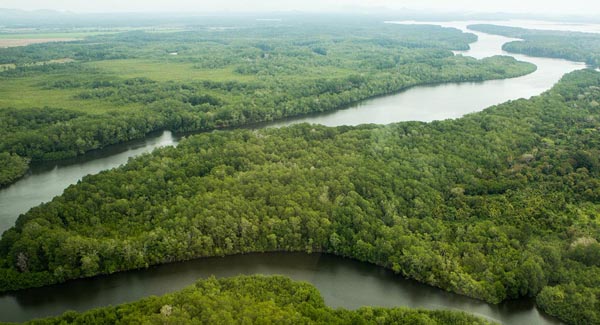
Parks and Protected Areas
Panama’s 76 protected areas are composed of national parks, marine parks, wildlife reserves, protected wetlands, and buffer forests. Altogether these areas cover nearly two million hectares (almost 5 million acres), some 25 percent of the country’s total area. Most protected areas are a part of the country’s 13 national parks or marine parks. There is also one massive international park (Parque Internacional La Amistad) that is shared with Costa Rica. The Autoridad Nacional del Ambiente (ANAM), Panama’s environmental authority, manages all the parks and protected areas.
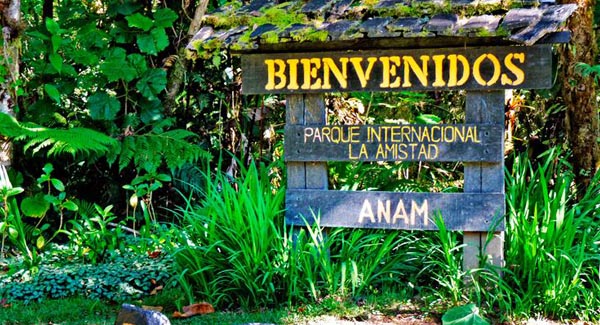
Panama’s first national park was established in 1966. This park, Parque Nacional Altos de Campana, began Panama’s shift towards greater environmental conservation. Since then the country has moved slowly towards environmental awareness and sustainability. There is, however, still a long way to go. Illegal hunting, fishing, farming and logging still take place in some protected areas, and many crucial outdoor areas remain without even nominal protection.
All of Panama’s parks have ranger stations. Facilities can be pretty basic and there will generally only be a ranger or two around. Still, these rangers can help visitors decide how to explore the park and provide valuable information concerning flora and fauna. Trail systems differ from park to park, but most are simple and adequate for hiking. When hiking, pay attention to posted signs and be aware of where you’re going—you wouldn’t want to get lost out here.
Sustainability
Panama has historically placed emphasis on the economy and development, while disregarding the effect that this development may have on the environment. As a result, sustainability is a relatively new term for this country. The government still tends to act in the interest of powerful groups that exploit rather than preserve the country’s natural resources. Climate change is also expected to have a significant impact on Panama, as far as water, energy, and human security are concerned. To both sustain a strong economy and mitigate the effects of climate change, it is crucial for Panama to protect natural ecosystems and create sustainable economic alternatives for stakeholders.
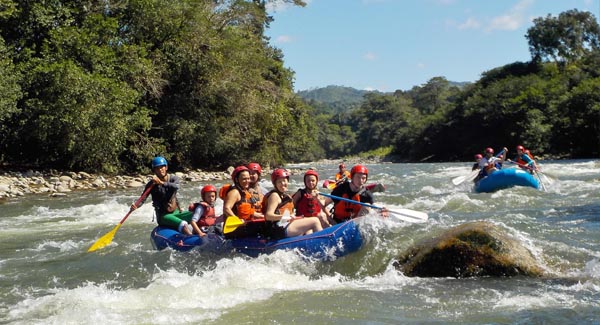
Sustainability in Panama at present falls mostly within the realm of business (hotels and eco-tourism projects), agriculture, and protected outdoor areas. The country has moved towards greater environmental protection over the past fifty years, and today some 25 percent of Panama’s total area is protected. Still, most agricultural practices continue to be unsustainable, as forests and mangroves are cleared to make way for farms, ranches, and real-estate development. There is, however, a fledgling movement towards smaller and more sustainable farming practices.
Most of the coffee plantations around Boquete are shade-grown operations, which is less disruptive to the environment than coffee grown in open fields. Shade-grown coffee is grown beneath trees, which prevents erosion, produces natural mulch, and preserves the chemical balance of the soil. The trees also provide habitat for insects, mammals, and hundreds of bird species.
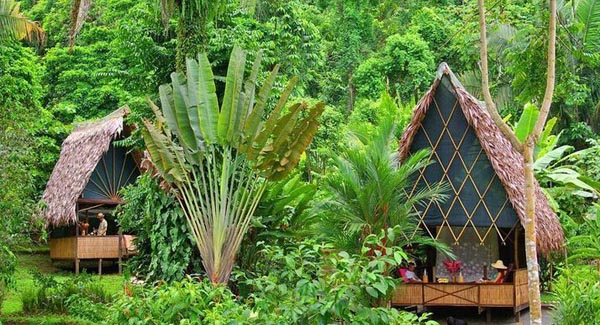
A few eco-lodges and other eco-friendly hotels have popped up in Panama, although they are certainly not the norm. These hotels tend to reduce their impact on the environment by cutting energy use, using recycled products, and volunteering within the local community (for example, to plant trees or pick up trash). By and large, however, most hotels in Panama are unsustainable.
While traveling in Panama, avoid buying souvenirs that are made from endangered animals, including jaguar teeth and turtle-shell jewelry, as well as jewelry made from coral. Also try to avoid eating lobster, which is being massively over harvested, most noticeably by the Guna people in the San Blas Islands. Some travelers may also want to refrain from eating beef. Cattle ranching in Panama has led to large-scale deforestation and the destruction of important ecosystems.
Travelers may play a crucial role in helping the eco-industry develop in Panama over the coming years. If business owners see a demand for sustainable, low-impact travel, they may adopt a more environmentally conscious approach.

